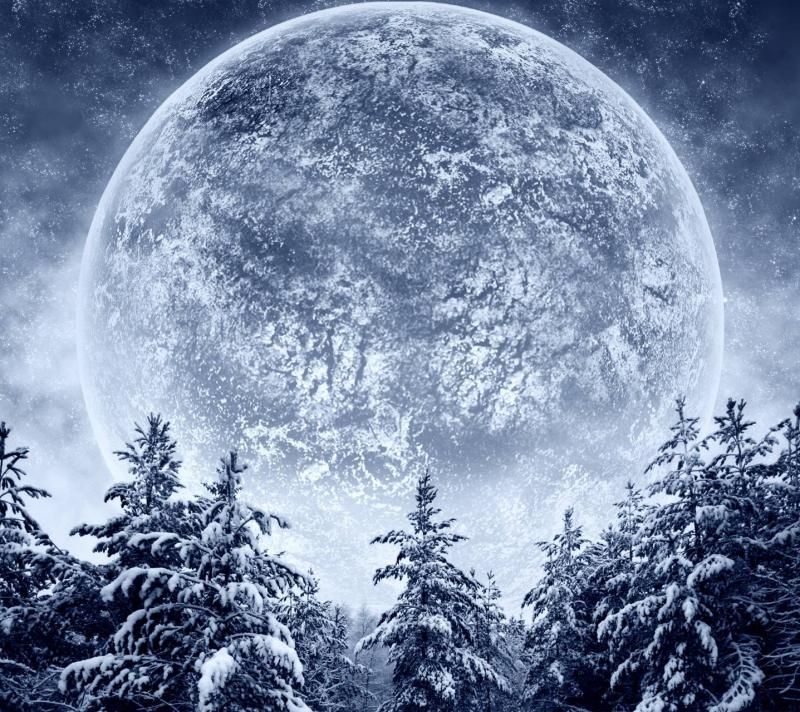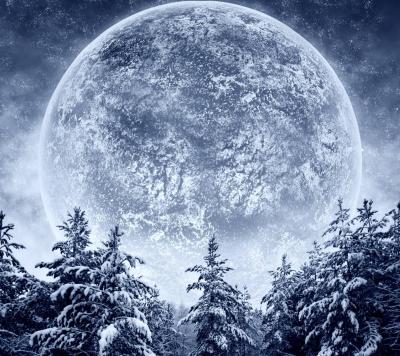The sky over Earth will be adorned on February 24 with a full "Snow Moon," occurring about a day before it reaches apogee, the farthest point from Earth in the moon's orbit. According to "Space," as the moon approaches apogee, it will create what is known as a "minimoon," making it appear slightly smaller in the sky than the average full moon. Although this full moon can be classified as a "minimoon," it is not an officially recognized astronomical term; it merely describes the fact that the moon looks a little smaller. The difference in size is not enough to be noticeable, estimated at about 10 percent.
The "minimoon" phenomenon, along with its counterpart, the supermoon, occurs because the moon's orbit is not a perfect circle. At its closest point, the moon is about 360,000 km (224,000 miles) from Earth, and at its farthest distance, the moon is about 405,000 km (251,655 miles) away from our planet.
February's full moon is called the "Snow Moon" because this month is often the coldest in most countries in the Northern Hemisphere, where many experience snowfall. The name comes from some Native American tribes, which also referred to it as the "Hunger Moon," "Wolf Moon," and other names.
It is noted that all astronomical phenomena and events pose no harm to human health or daily activities on Earth, except for daytime phenomena related to the sun (such as solar eclipses or the transit of Mercury or Venus across the sun), as looking at the sun with the naked eye can be very harmful. The rest of the astronomical phenomena occur at night when the sun is absent and are enjoyable to watch, loved by enthusiasts and those interested in observing and photographing them, provided the weather is clear and the sky is free of clouds, dust, and water vapor.




